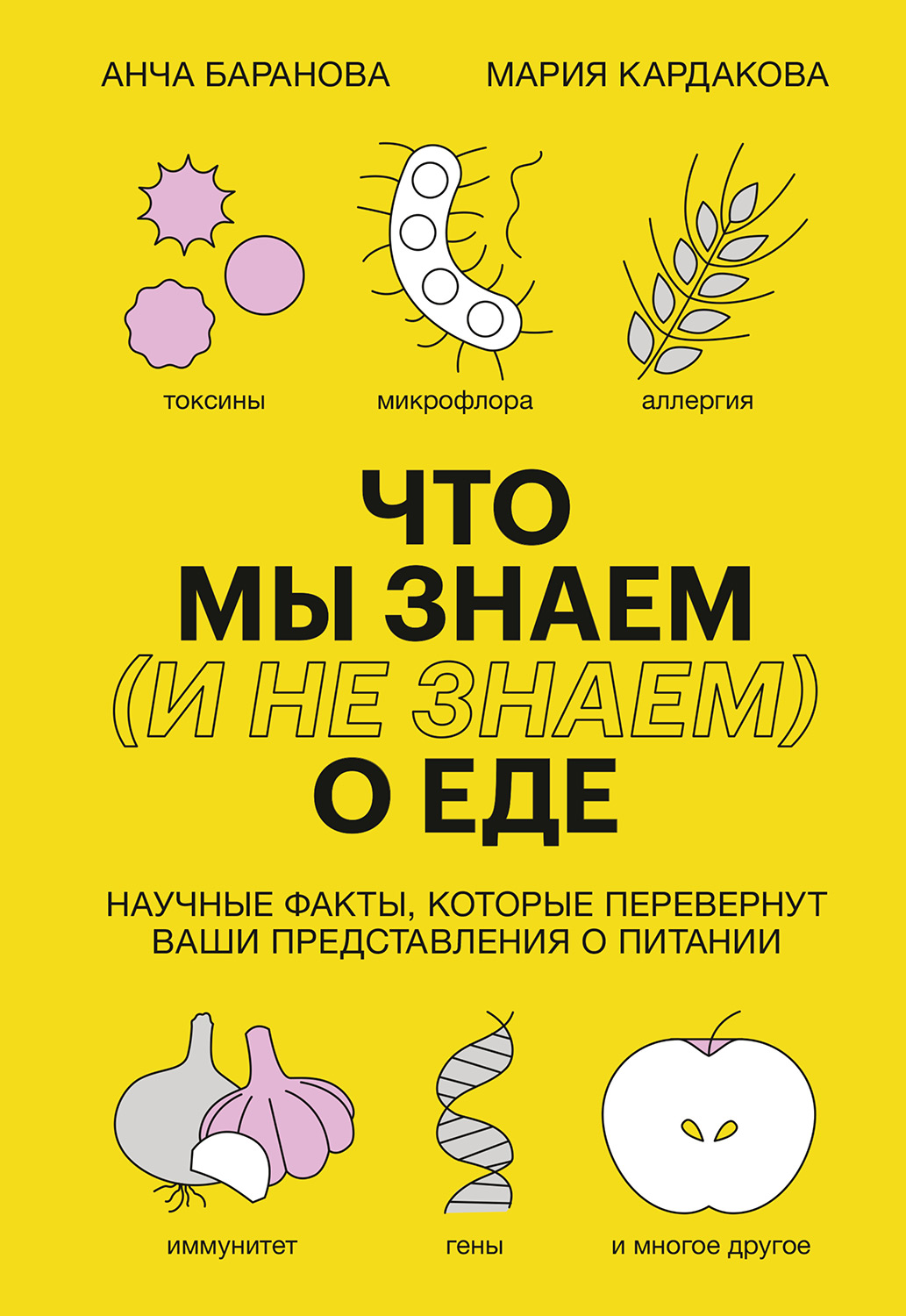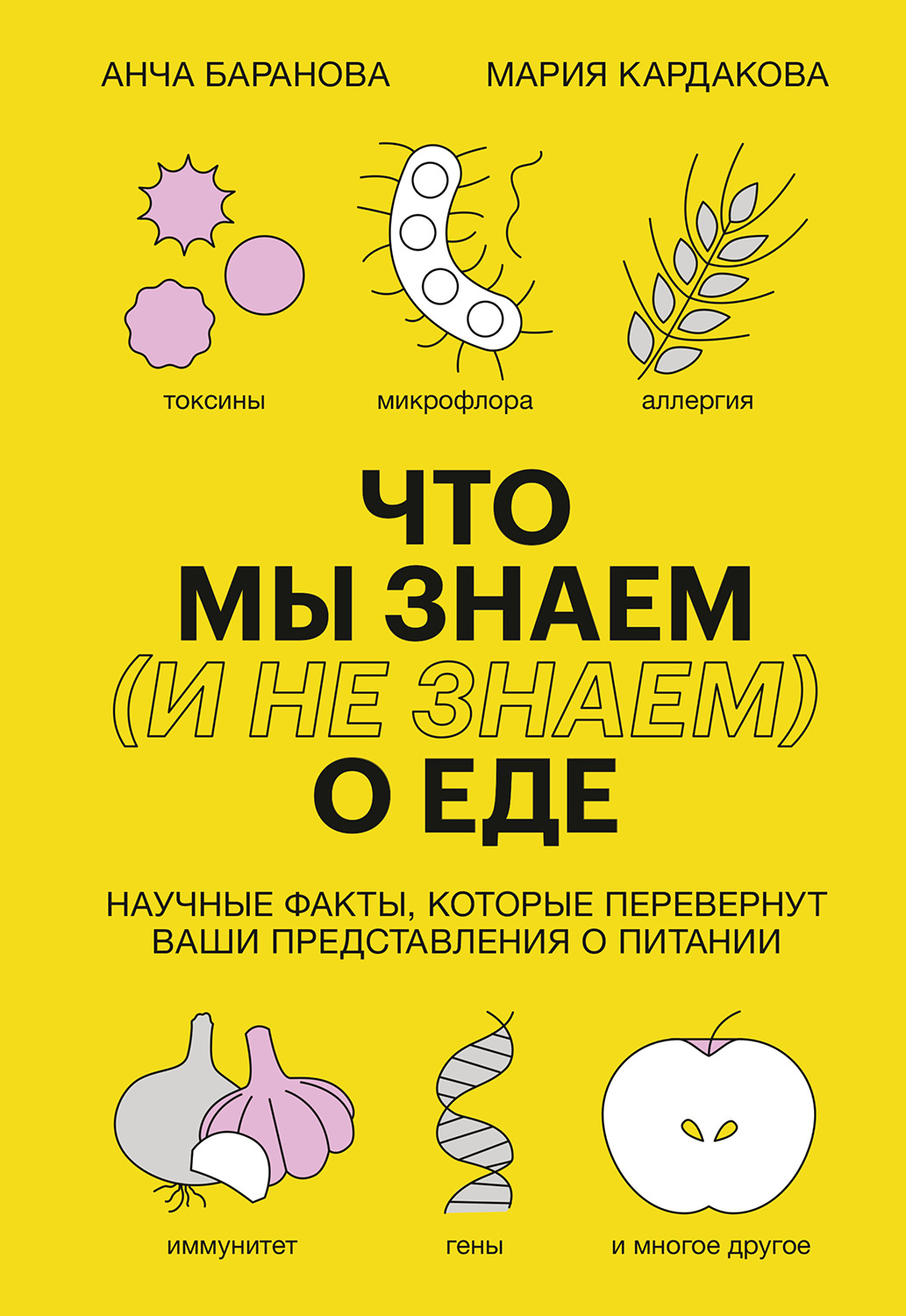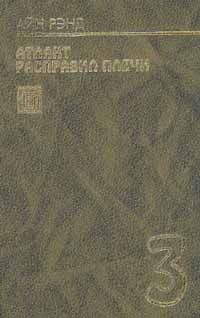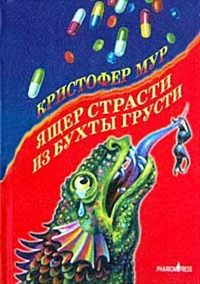doi: 10.1001/jamapediatrics.2020.0153.
Арахис относится к бобовым культурам, поэтому его принято указывать отдельно от орехов. Прим. ред.
Sicherer S.H., Sampson H.A. Food allergy: Epidemiology, pathogenesis, diagnosis, and treatment // J. Allergy Clin. Immunol. 2014. Feb. Vol. 133. No. 2. Pp. 291–307// doi.org/10.1016/j.jaci.2013.11.020.
Bock S. A., et.al. Fatalities due to anaphylactic reactions to foods // The Journal of allergy and clinical immunology. 2001. Vol. 107. No. 1. P. 191–193 // doi: 10.1067/mai.2001.112031 PMID 11150011.
Aggarwal A., et.al. Transfer of peanut allergy from donor to recipient after liver transplant // Ann. Hepatol. May-Jun 2019. Vol. 18. No. 3. Pp. 508–513 // doi: 10.1016/j.aohep.2018.10.006. Epub 2019 Apr 15.
Tavernise S. F. D. A. Says Importers Must Audit Food Safety // New York Times. 2013. July 26. Retrieved July 27, 2013; Strom S. F. D. A. Offers Sweeping Rules to Fight Food Contamination // New York Times. 2013. January 4. Retrieved January 5, 2013 // https://www.nytimes.com/2013/07/27/health/fda-proposes-rules-to-ensure-safety-of-imported-food.html.
Waggoner M. R. Parsing the Peanut Panic: The Social Life of a Contested Food Allergy Epidemic // Social Science & Medicine. 2013. Vol. 90. Pp. 49–55 // doi: 10.1016/j.socscimed.2013.04.031.
Michael C. Young. The Peanut Allergy Answer Book: 2nd Edition. Fair Winds Press // 2006. P. 168.
Du Toit G., et al. Randomized trial of peanut consumption in infants at risk for peanut allergy // N. Engl. J. Med. 2015. Feb 26. Vol. 372. No. 9. Pp. 803–813 // doi: 10.1056/NEJMoa1414850. Epub 2015 Feb 23.
Fleischer D. M., et.al. Consortium of Food Allergy Research (CoFAR). Sublingual immunotherapy for peanut allergy: a randomized, double-blind, placebo-controlled multicenter trial // J. Allergy Clin. Immunol. 2013. Jan. Vol. 131. No. 1. Pp. 119–127 // doi: 10.1016/j.jaci.2012.11.011. PubMed PMID: 23265698; PubMed Central PMCID: PMC3550002.
Li H., Yu J, et.al. Reduction of major peanut allergens Ara h 1 and Ara h 2, in roasted peanuts by ultrasound assisted enzymatic treatment // Food Chem. 2013. Nov. 15. Vol. 141. No. 2. Pp. 762–768 // doi: 10.1016/j.foodchem.2013.03.049. PubMed PMID: 23790845.
Mayo Clinic Staff. Celiac disease // 2021. August 10 // http://mayoclinic.org/diseases-conditions/celiac-disease/symptoms-causes/syc-20352220.
Pelsser L.M., et.al. Effects of a restricted elimination diet on the behavior of children with attention-deficit hyperactivity disorder (INCA study): a randomized controlled trial // Lancet. 2011. February 5. Vol. 377. No. 9764. Pp. 494–503 // doi: 10.1016/S0140-6736(10)62227-1.
Billing J., et.al. Antimicrobial functions of spices: why some like it hot // Q. Rev. Biol. 1998. Mar. Vol. 73. No. 1. Pp. 3–49 // doi: 10.1086/420058.
Mun S.-H., et al. Curcumin reverse methicillin resistance in Staphylococcus aureus // Molecules. 2014. Nov. 10. Vol. 19. No. 11. Pp. 18283–18295 // doi: 10.3390/molecules191118283.
Koosirirat C., et al. Investigation of the anti-inflammatory effect of Curcuma longa in Helicobacter pylori-infected patients // Int. Immunopharmacol. 2010. Jul. Vol. 10. No. 7. Pp. 815–818 // doi: 10.1016/j.intimp.2010.04.021.
Abdollahi E., et.al. Therapeutic effects of curcumin in inflammatory and immune-mediated diseases: A nature-made jack-of-all-trades? // J. Cell Physiol. 2018. Feb. Vol. 233. No. 2. Pp. 830–848 // doi: 10.1002/jcp.25778.
С. Ф. Фоминых, А.О. Степнов. Томский период жизни профессора Б.П. Токина // Вестник Томского государственного университета. 2015. № 391. стр 148–154 // cyberleninka.ru/article/n/tomskiy-period-zhizni-professora-b-p-tokina.
Billing J., et al. Antimicrobial Functions of Spices: Why Some Like it Hot // The Quarterly Review of Biology. 1998. Mar. Vol. 73. No. 1. Pp. 3–49.
Tokin B. P. Poslednie gody zhizni i tvorchestva akademika A. A. Zavarzina [The last years of the life and work of academician A. A. Zavarzin]. In: Problemy sovremennoy biologii [Problems of modern biology]. Leningrad: Leningrad State University Publ., 1972, pp. 3–20.
Rossi F., et al. Protective effect of Heliotropium foertherianum (Boraginaceae) folk remedy and its active compound, rosmarinic acid, against a Pacific ciguatoxin // J. Ethnopharmacol. 2012. Aug. 30. Vol. 143. No. 1. Pp. 33–40 // doi: 10.1016/j.jep.2012.05.045.
Gan-Hong Chen., et al. Cloning and Characterization of a Plant Defensin VaD1 from Azuki Bean // Journal of Agricultural and Food Chemistry. 2005 // pubs.acs.org/doi/abs/10.1021/jf0402227.
Guzmán-Rodríguez JJ., et al. Plant antimicrobial peptides as potential anticancer agents // Biomed Res Int. 2015 // doi: 10.1155/2015/735087.
Pauling L. Vitamin C and the Common Cold // W. H. Freeman and Company, 1970.
Mikkelsen SU., et al. The role of vitamin C in epigenetic cancer therapy // Free Radic Biol Med. 2021, March 28 // doi: 10.1016/j.freeradbiomed.2021.03.017. Berretta M. et al. Multiple Effects of Ascorbic Acid against Chronic Diseases: Updated Evidence from Preclinical and Clinical Studies // Antioxidants (Basel). 2020 Nov 26 // doi: 10.3390/antiox9121182.
Медведев Ж. Витаминная афера // Огонек. 2011. № 5. С. 48.
Ran L., et al. Vitamin C as a Supplementary Therapy in Relieving Symptoms of the Common Cold: A Meta-Analysis of 10 Randomized Controlled Trials // Biomed Res Int. 2021 Apr 27 // doi: 10.1155/2020/8573742; Hemilä H., et al. Commentary: The Long History of Vitamin C: From Prevention of the Common Cold to Potential Aid in the Treatment of COVID-19 // Front Immunol. 2021 Apr 1 //





